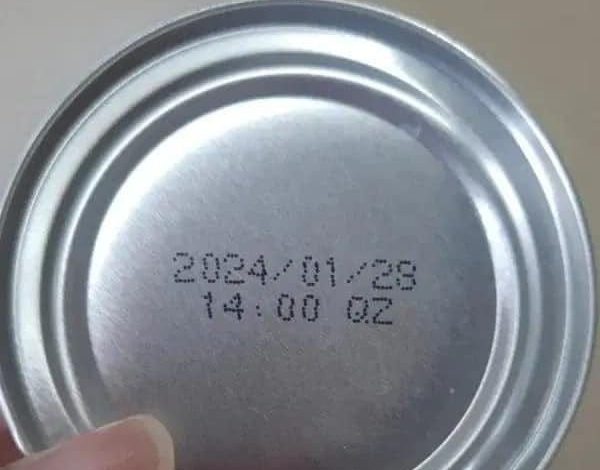Here’s What You Need to Know About Food Expiration Dates

Navigating the world of food expiration dates can be confusing, especially when it comes to “Best By” labels on canned goods. It’s a common misunderstanding that these dates are strict deadlines for when food is safe to eat. In reality, they are simply a guide for how long a product will maintain its best quality.
ADVERTISEMENT
This guide will help you understand how to safely use canned items like corn, green beans, and tuna long after their “Best By” dates.
ADVERTISEMENT
Understanding “Best By” Dates
A “Best By” date isn’t an expiration date. It’s a quality indicator. This date is the manufacturer’s best guess for how long the food will stay at its peak freshness and flavor. For properly stored canned goods, this often means they can be eaten safely for a long time past the date on the label.
ADVERTISEMENT
“Best by” dates do not indicate an exact time limit for safe ingestion. Instead, they simply suggest how long the food will stay fresh and tasty.
The Long Shelf Life of Canned Foods
Canned Corn
Canned corn is a pantry staple with a surprisingly long shelf life. You can safely eat it for up to two years after its “Best By” date, as long as the cans have been stored in a cool, dry place and aren’t damaged. Over time, you may notice a slight change in taste or texture, but the food will still be safe to eat.
Canned Green Beans
Similar to corn, canned green beans can last for up to two years past their “Best By” date if the cans are in good condition. Like with any older canned food, “you may notice a little difference in taste and quality” over time.
Canned Tuna
Known for its versatility and high protein content, canned tuna can last even longer—from three to five years beyond its “Best By” date. Again, proper storage is key. “Still, expect a drop in quality with extended storage.”
A Checklist for Safe Consumption
Your safety is the most important thing. Always inspect canned foods before you eat them, regardless of the date on the label.
- Check the can for any damage. “Be sure the can is free of obvious flaws like corrosion, bulging, or leaking.” A can that is leaking or bulging could contain harmful bacteria.
- After opening, “keep an eye out for any strange smells or changes in look or texture.” If anything seems off, it’s best to discard it.
- “When in doubt, put safety first and get rid of anything that raises suspicion.”
Essential Storage Tips
Proper storage is the key to making your canned foods last. Following these simple steps will help keep your pantry items safe and delicious for as long as possible.
- “Keep in a dark, cool, and dry place.” Avoid storing cans in areas with extreme temperature changes, like near a stove or in a garage.
- “Cans may be kept upright so their seals can stay intact.”
- Organize your pantry by putting the newest cans in the back and older ones in the front. This simple “rotation scheme” helps you use items before they get too old.
- “To keep the cans in good condition, be careful not to damage them.” Handle them carefully to avoid dents or other damage that could affect the seal.
- Finally, once a can is opened, “put any leftovers in the fridge for later use by sealing them in a container.” Never store opened food in the can itself.
By following these guidelines, you can confidently use your canned foods for a long time, reduce food waste, and save money.




